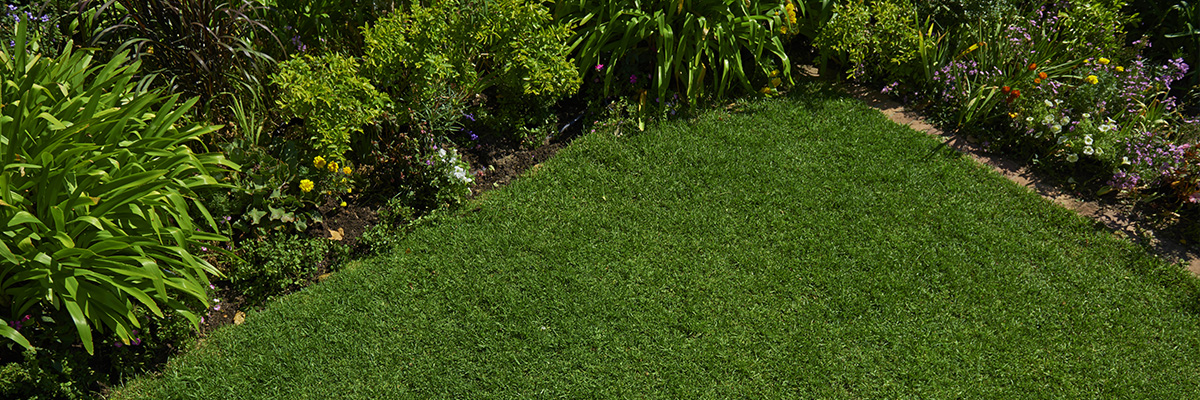What is leaf mould?
Put simply, leaf mould is exactly what is sounds like – decomposed (mouldy) leaves. But there’s a bit more to it than that.
Leaf mould is what happens when fallen leaves are left to naturally decompose. The decomposition process turns the leaves from their light, crunchy, dry texture into a dark, crumbly, slightly wet texture – this is when we can use it to benefit our garden.
The longer you leave leaf mould to decompose, the better it’ll be. While it’s possible to make leaf mould in 6 months, you can actually leave it for as long as two years!
How to make leaf mould
Making leaf mould is fairly straightforward, it just involves a decent container and a bit – or a lot - of patience.
To make your own leaf mould at home, follow these simple steps:
1. Gather any fallen leaves into a pile, removing evergreen leaves like holly or conifer needles as they take a lot longer to decompose than oak or beech trees.
2. Pop on your gloves and use your hands to shred the leaves, making them smaller and easier to decompose.
3. Once gathered and shredded, sweep up your leaves and pack them tightly into your compost bin. If you don’t have a compost bin, you can use a sturdy bin bag with holes to allow moisture to drain and air to circulate.
4. Now, the waiting game begins. Simply leave the leaves for between 6-24 months to allow them to turn into leaf mould.
And that’s all! Make sure to keep checking on your budding leaf mould, adding water using a spray bottle if they start to dry out, and turning them every so often to allow for aeration.
TOP TIP: If you’ve got a large pile of leaves, then you can actually use your lawn mower to shred the leaves for a faster and less strenuous method of shredding than using your hands.




